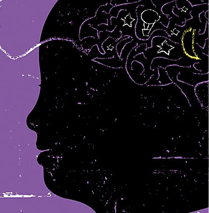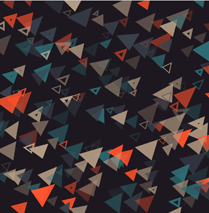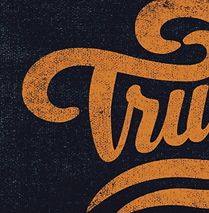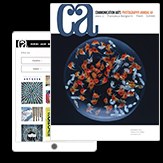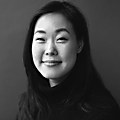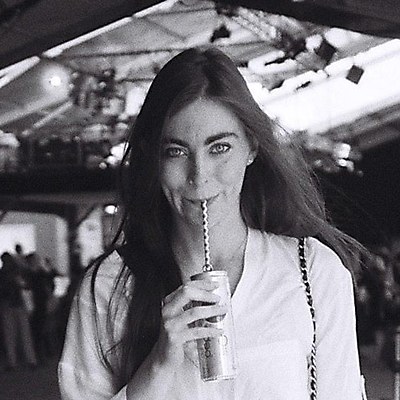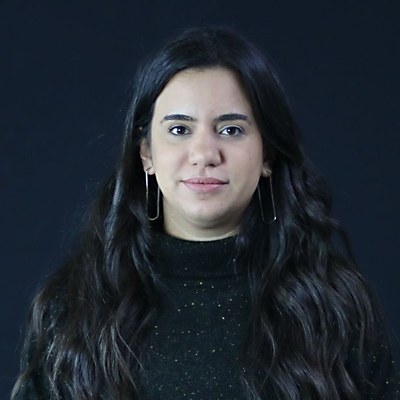How did you discover you wanted to be a designer and get started in the field? It took me a long time to discover I wanted to be a designer. In high school, I thought I would be an English major. Through happenstance, I met a mentor in the arts, and he encouraged me to study design. I ended up majoring in furniture design as an undergraduate. Over time, I realized I was much more interested in visualizing communication than creating products. I later returned to university for my MFA in graphic design at Yale, and I haven’t looked back since.
What led you to establish Synoptic Office, your New York–based design firm, with cofounder Caspar Lam? Caspar and I met in graduate school and became fast friends. Faculty would often remark that we should work together since we had complementary skillsets and approaches to design. We were both working full-time when we started Synoptic Office. The studio was a means by which we could explore ideas about design. Over time, it grew into the studio it is today.
One of your core tenets at Synoptic Office is helping organizations unlock the potential for brand storytelling through data. What are some of your favorite projects that you’ve worked on that have used data to power storytelling? One of my favorite projects is the Timeline of African American Music for Carnegie Hall.
We were tasked with making 400 years’ worth of material—academic essays, photos and historical images (including related holdings from Carnegie Hall’s Rose Archives), and audio—easy and compelling to explore for a wide range of people, from middle and high school students through to high-level researchers, as well as casual music fans.
Through a collaboration with Apple Music, we were able to tell the story of music in an innovative way—the history of music through music.
What are some misconceptions that organizations have about data-powered storytelling, and how do you dispel those in your practice? We usually encounter two misconceptions: presenting raw facts and/or data is enough to connect with audiences; and data is dry and, therefore, not worth sharing. Data is a raw ingredient, and it is extraordinarily powerful. It can enable personalized communication, disseminate knowledge, and power institutions and businesses. However, it needs context and a framework for connecting with humans in meaningful ways.
Where would you suggest designers start when working with brands that want to reinvigorate archival information and data? So many brands, especially legacy brands, are sitting on treasure troves of archival information and data. It’s such an exciting opportunity! I would suggest starting with an audit of the data itself. What stories and patterns emerge? Then, from there, you can see how to unlock human stories and connect with audiences in new, meaningful ways.
Beyond working at Synoptic Office, you also teach as an associate professor at the Parsons School of Design. What do you enjoy about teaching, and what is your curriculum like? I love teaching because I love learning. Inside, I still feel like a student. Perhaps this is a holdover of the old master-apprentice model in design. Still, there is this myth in academia of the all-knowing instructor imparting wisdom to their students. Teaching is a dialogue. Our students share their ideas, perspectives and creative solutions. This conversation, in turn, challenges me to think more deeply about culture and design.
I feel a responsibility to prepare students for the design world, both as it’s practiced now and also what it might one day be. As long as people continue to develop new ways of communicating, designers will be learning new ways to visualize communication. By necessity, I am constantly learning, both for my students and myself.
The notion of communication design as a living field—and thus, a living curriculum—continues to inspire me. As AI and machine learning increasingly automate the design of books, websites and mobile apps, our field continues to grow and explore a broader range of platforms and media interventions across screen, print, and virtual and physical spaces. Systematic thinking and coding are currently foundational to our curriculum, as well as typography. Ultimately, we want students to have something to say it across all media—digital and print. We have our eyes looking to the future as AI transforms our industry.
There’s currently a lot of anxiety surrounding AI and its impact on professional artists. Do you have any thoughts on why designers shouldn’t worry and instead embrace AI as a new tool for creativity? AI is already radically transforming how we produce knowledge and content. At this point, it‘s not a question of whether to use it but how. There are serious risks that are beyond our field—reinforcing biases, misinformation, perpetuating inequality, cyberattacks and bioweapons. Yet, there is also extraordinary opportunity across fields.
When it comes to design, it boils down to how we define our roles. If we define it too narrowly—for example, creating a color palette or generating 100 versions of a logo—then AI is a threat. However, if we see the designer’s role as communicating and connecting ideas to humans in meaningful ways, then AI can become another tool and avenue for creative expression. AI is already enabling rapid iteration, the adaptation of a visual identity across touchpoints and the generation of code. Basic programming and design tasks will almost all be automated in five years’ time. What’s most critical is for designers to think beyond this and understand how technology works to enable communication.
Ultimately, now as in the future, designers have three key roles: to create (structure knowledge and represent perceptions); translate (move between contexts, platforms and cultures); and articulate (give clarity to thought and feeling). Design is ultimately a profoundly human endeavor. A designer’s role comes down to facilitating the communication of ideas and experiences through form and experiences in a way that resonates with other human beings.
Do you have any advice for designers just entering the profession? It sounds cliche, but I think the most important asset you can have is a lifelong learner’s mentality. Graduation isn’t the end; it’s just the beginning. Learn how to learn because the way that we communicate is constantly evolving. As communication designers, we will need to grow alongside that.
And embrace criticism. Someone is putting themselves out there to try and make you better. If you see critical feedback as an opportunity for growth and carry that attitude over your career, you will grow more than you can imagine. ca




